Introduction
'The reading habit is now often a form of the drug habit' Cambridge scholar Q.D. Leavis famously stated in her influential Fiction and the Reading Public, published in 1932. Her words set the tone for intellectual perceptions of women readers in the interwar period who were held particularly susceptible to the so-called ‘cheap and easy’ pleasures and distractions of magazine reading. With the exponential growth of the book trade and periodical press in the years following the First World War, and fiction seeing the largest share of these markets, the woman reader became a focal point for anxieties about a perceived decline in culture and public taste.
Women’s magazines in the interwar period were deeply engaged with books and with reading culture, and as reading materials themselves, played a major role in ‘making modern women’. This section of the exhibition shows how a range of magazines produced for women of all classes in Britain countered negative constructions of the woman reader by positioning her as active, cultured, and intelligent. It also demonstrates how they participated in a wider public discussion of the ‘modern woman’ taking place in the mainstream press.
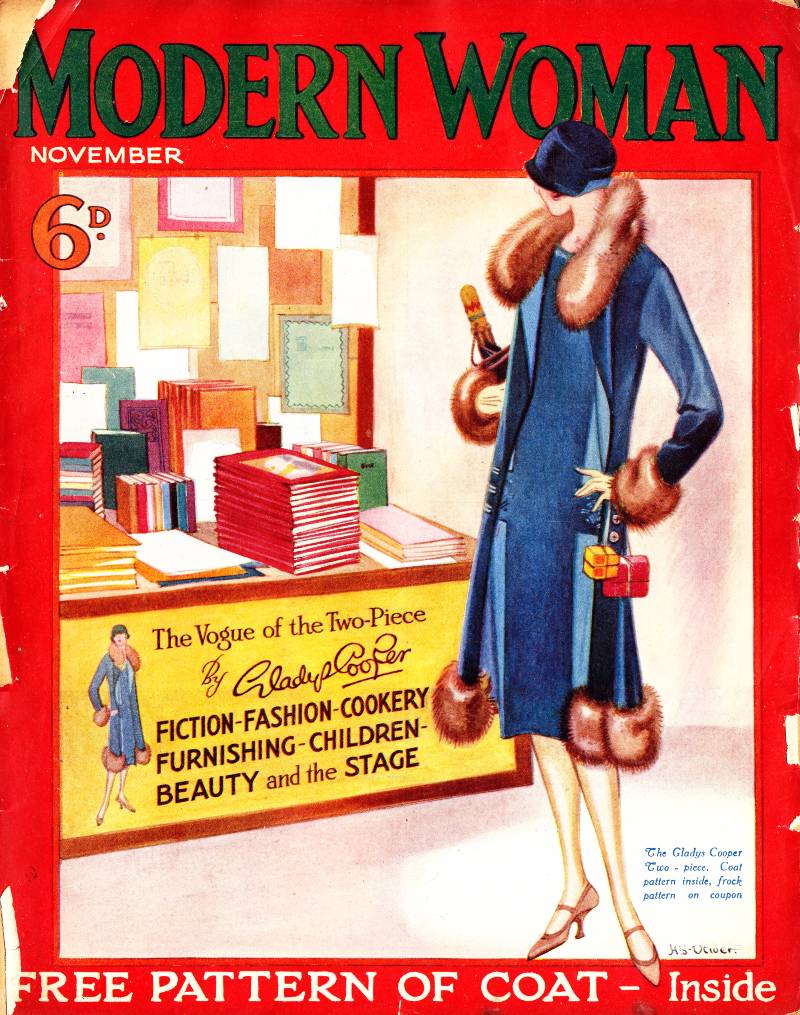 Modern Woman, November 1925*
Modern Woman, November 1925*
Modern Woman, a monthly service magazine targeting middle-class housewives and career women, was launched in 1925 to appeal to the new interest in all things modern. As suggested by the display of books and magazines in this cover image, the ‘modern woman’ as a type was addressed and constructed by women’s magazines of all sorts, up- and down-market.
*Image Professor Fiona Hackney
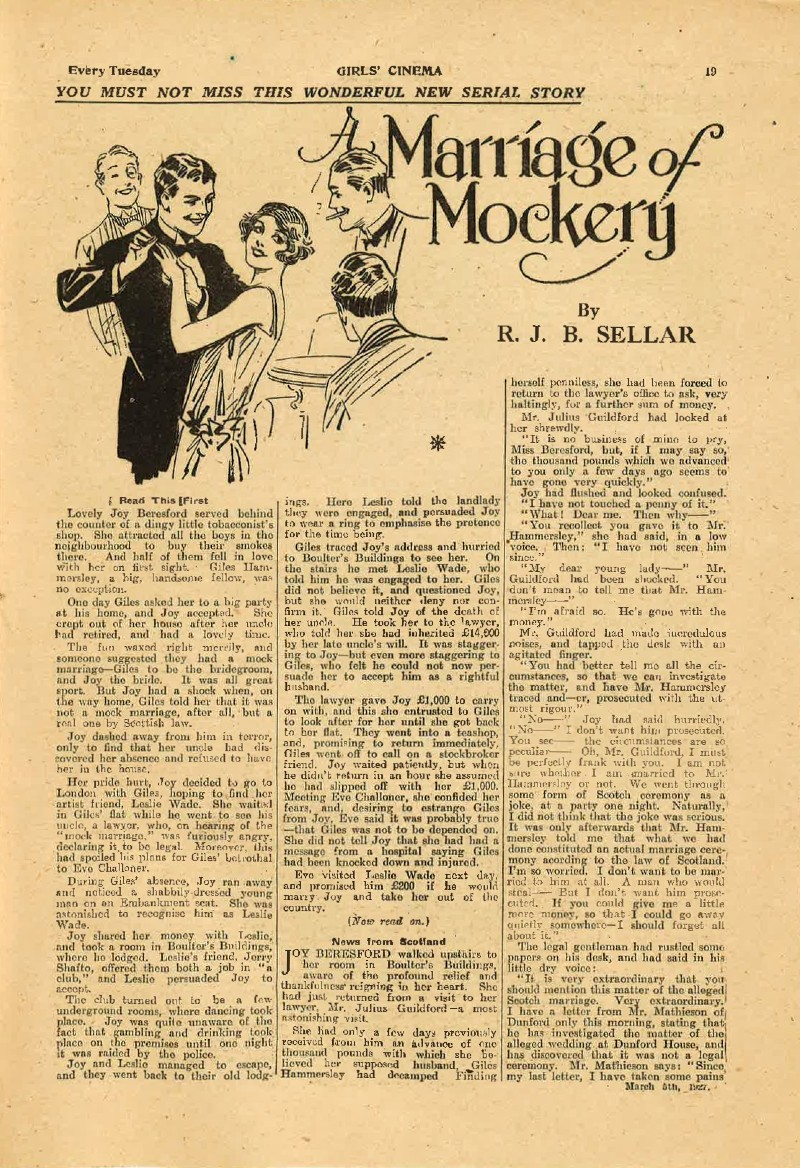 Girls’ Cinema 5 March 1927
Girls’ Cinema 5 March 1927
Film fan papers and romance weeklies catering for working-class women readers proliferated in the 1920s. Contemporary anxieties about women as passive and undiscriminating readers clustered most intensely around popular fiction and cinema. But fantasy narratives like ‘A Marriage of Mockery’ can be seen to engage young women in active negotiations of modern ideas of femininity.
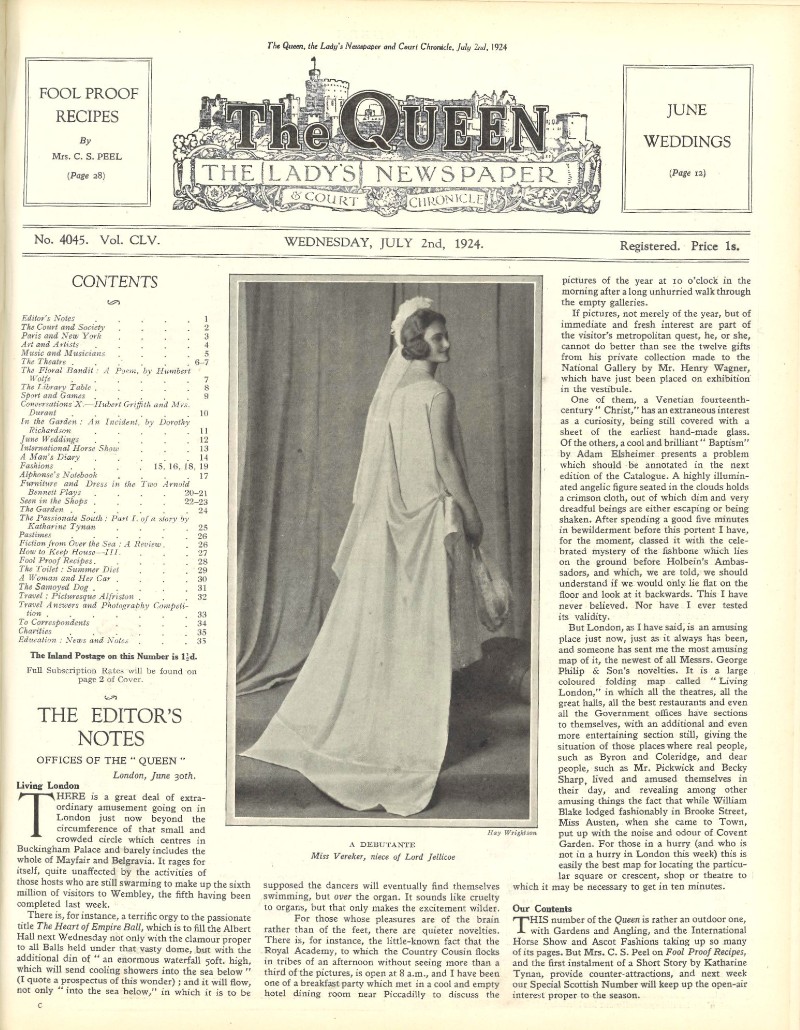 The Queen, 2 July 1924
The Queen, 2 July 1924
Elite society magazines like The Queen also published romantic fiction. The experimental short story by modernist author Dorothy Richardson listed in this bill of contents is a surprising discovery, published under the brief editorship of literary salonnière Naomi Royde-Smith who attempted to fashion the magazine along Time and Tide lines.
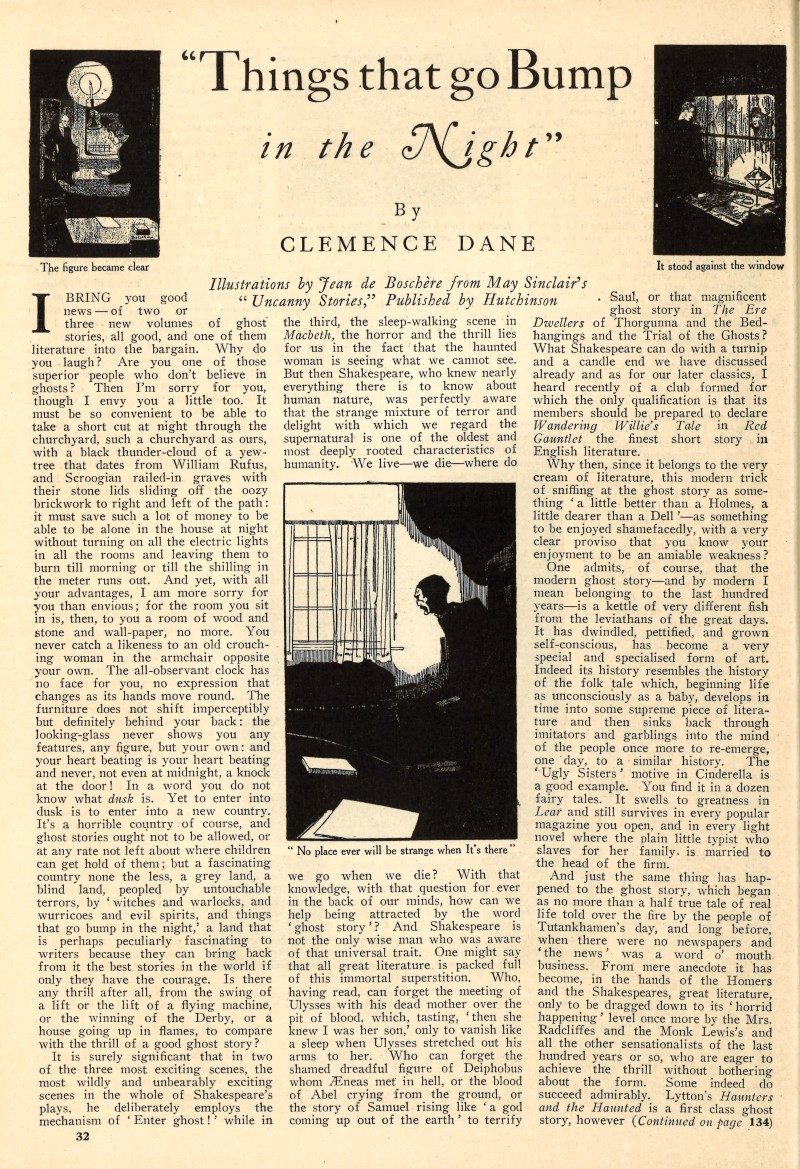 Good Housekeeping, January 1934
Good Housekeeping, January 1934
Clemence Dane – novelist, playwright, and President of the Society of Women Journalists – was Good Housekeeping’s first regular book reviewer. In this article, Dane’s defence of the ghost story is typical of her response to critical assaults on popular genres and her belief in the good taste of ordinary women readers.
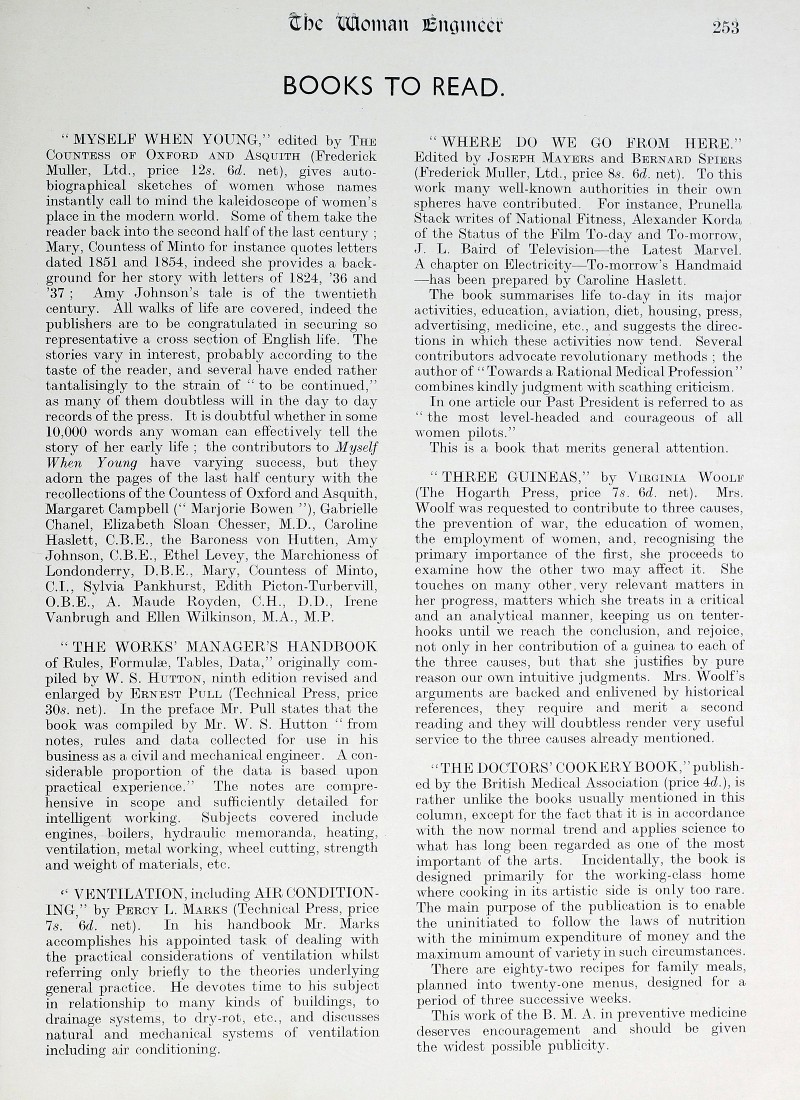 The Woman Engineer, September to October 1938*
The Woman Engineer, September to October 1938*
A review of Virginia Woolf’s anti-war essay Three Guineas appears unexpectedly alongside reviews of books on ventilation, cookery, and memoir in this issue of the quarterly organ of the Women’s Engineering Society. This regular ‘Books to Read’ column highlights the fact that modern women’s reading interests extended beyond fiction.
*Image Women’s Engineering Society and the IET archives
Go to the next section